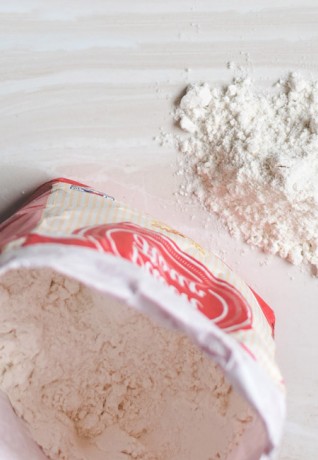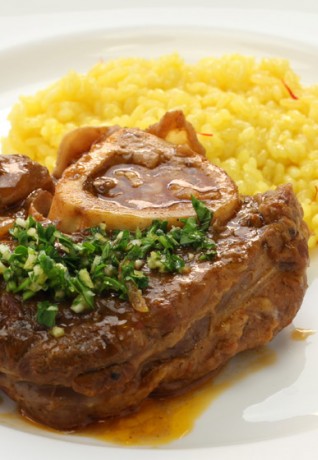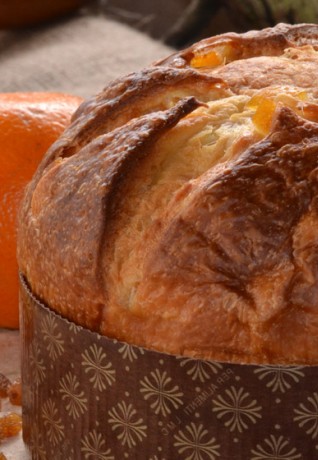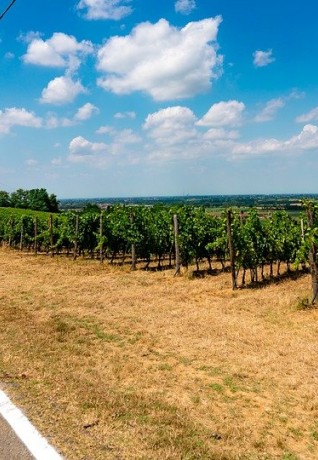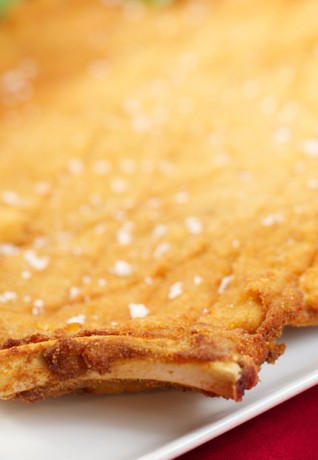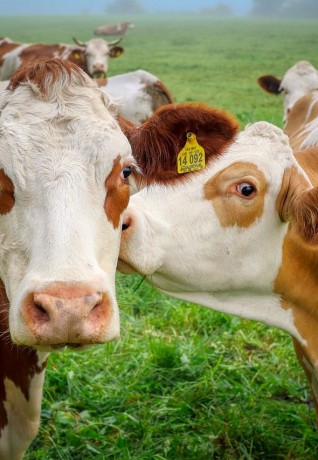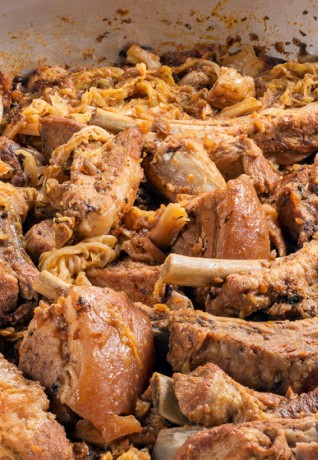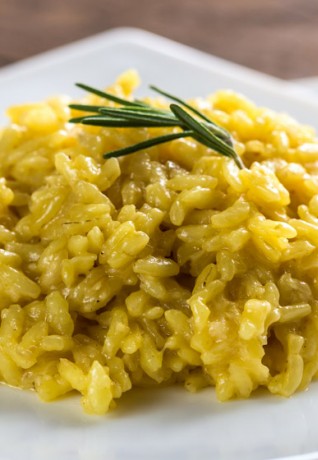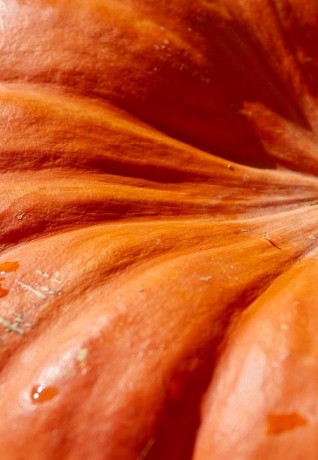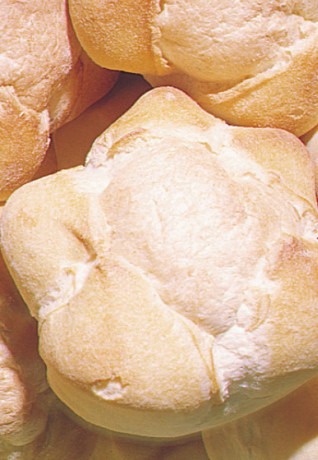Minestrone alla Milanese
Taste the traditional dishes of Milano

Vegetables of all types, cabbage of any variety, beets, lettuce, celery, spinach, parsley and fennel. The original recipe for Minestrone alla Milanese cannot easily be found. In the past, when vegetables were rigorously seasonal, the ingredients varied depending on the seasons. Therefore, hot minestrone made in winter was prepared with different ingredients from those used for the cold or lukewarm soup in summer.
The origins of this inexpensive dish do not reach far back in time, but have roots in the farming-food tradition of Milano in the early 1800s.
In 1858, the New Dictionary of Synonyms of the Italian Language was published and the word minestrone was not cited. But the dish soon imposed itself on the cuisine of the whole peninsula, and then of the world in 1891 as a bulwark of Italian cuisine, when Pellegrino Artusi, literary critic, historian and Italian gastronomy expert, inserted minestrone in his cooking manual Science in the Kitchen and the Art of Eating Well. Artusi claims to have come across minestrone for the first time in Livorno in 1855.
Even Filippo Tommaso Marinetti and Luigi Colombo in The Futuristic Cuisine, published in Milano in 1935, described “five pyramids, 40 centimetres high, of cold minestrone”.
Ingredients – Serves 10
- 4 carrots
- A courgette (in summer)
- A clump of green celery
- A bunch of sage
- 300 g onion
- 3 whole peeled medium-sized potatoes
- 300 g fresh borlotti beans (or 100 g dried soaked in water for 48 hours)
- 50 g lard chopped with a bunch of parsley and a clove of garlic
- 200 g fresh well-cooked pork rind
- 2 teaspoons of salt
- A teaspoon of tomato sauce (in summer a ripe tomato, peeled, cut into cubes, with seeds removed)
- A bunch of basil (in summer)
- A savoy cabbage finely shredded
- 300 g rice (Maratelli or Originario)
- 10 slices of pancetta (in summer, if the minestrone is served cold)
- Grated Parmesan cheese
Put the first ten ingredients into a large pot and cover with plenty of cold water. Simmer slowly for about 4 hours (or, on the fireplace, for 6-7 hours). If it gets too dense, add boiling water.
About an hour from the end, add the finely shredded cabbage. Twenty minutes before the end, adjust the salt and add the rice.
Before serving, mash the potatoes to thicken the soup and add the tomato sauce. Serve with a generous grating of fresh Parmesan cheese.
In summer, add fresh tomato and basil before serving. Put a thin slice of raw pancetta on the bottom of each bowl (bolo, in Milanese), one for each diner, and fill with boiling minestrone. Allow to cool. Turn the bowl upside down on a plate, the pancetta will remain at the centre of a small pudding of sorts.

 Log in
Log in
